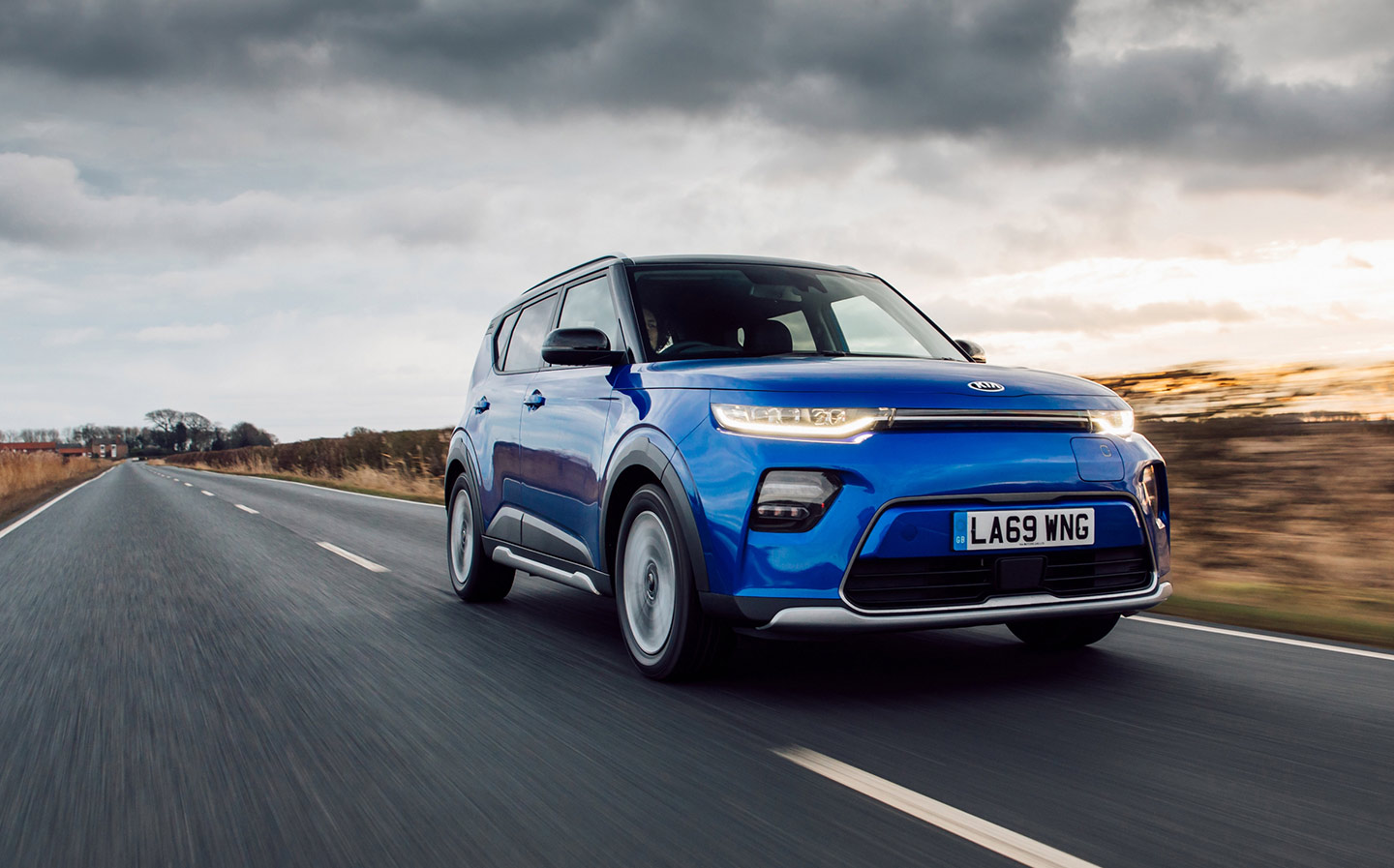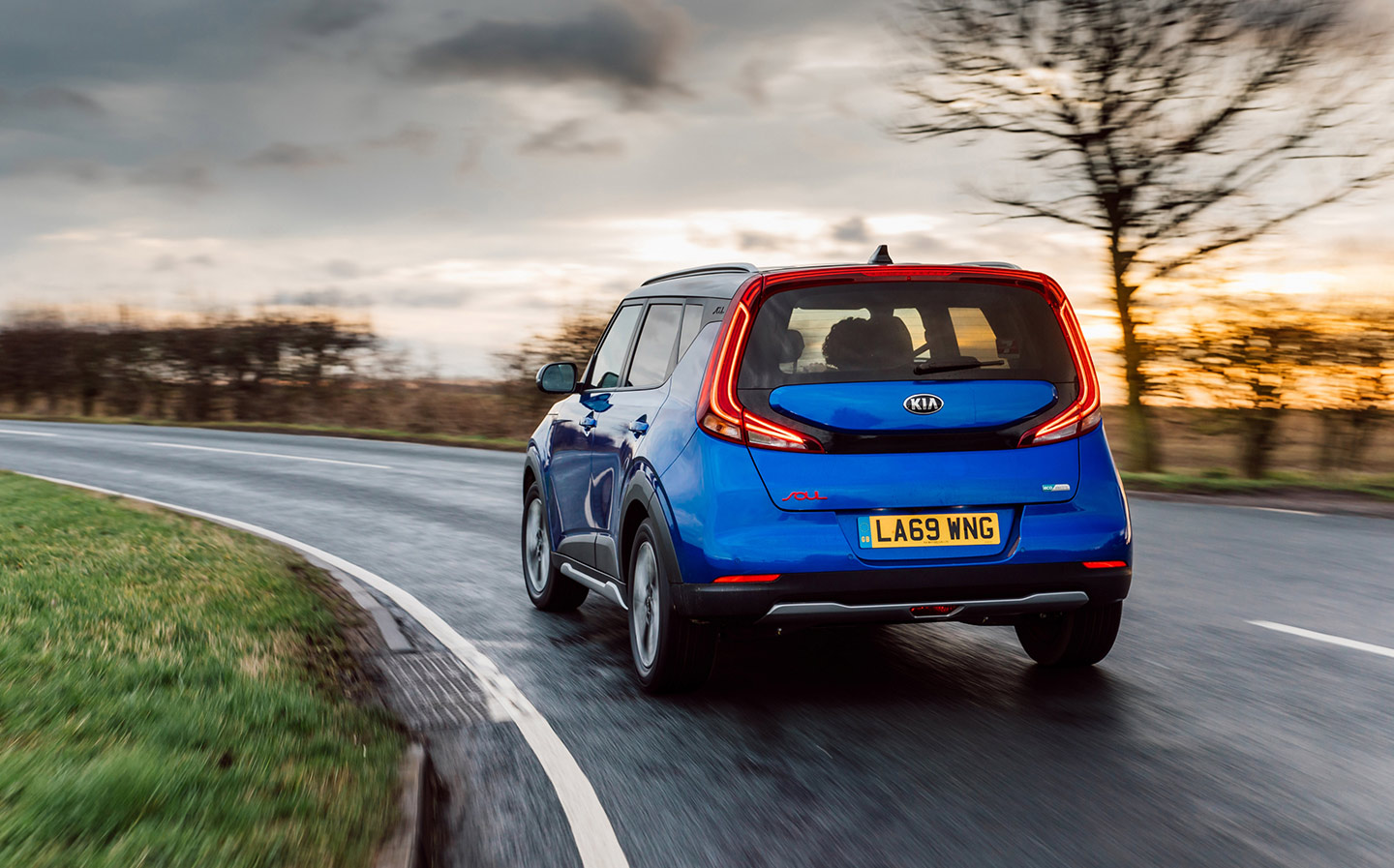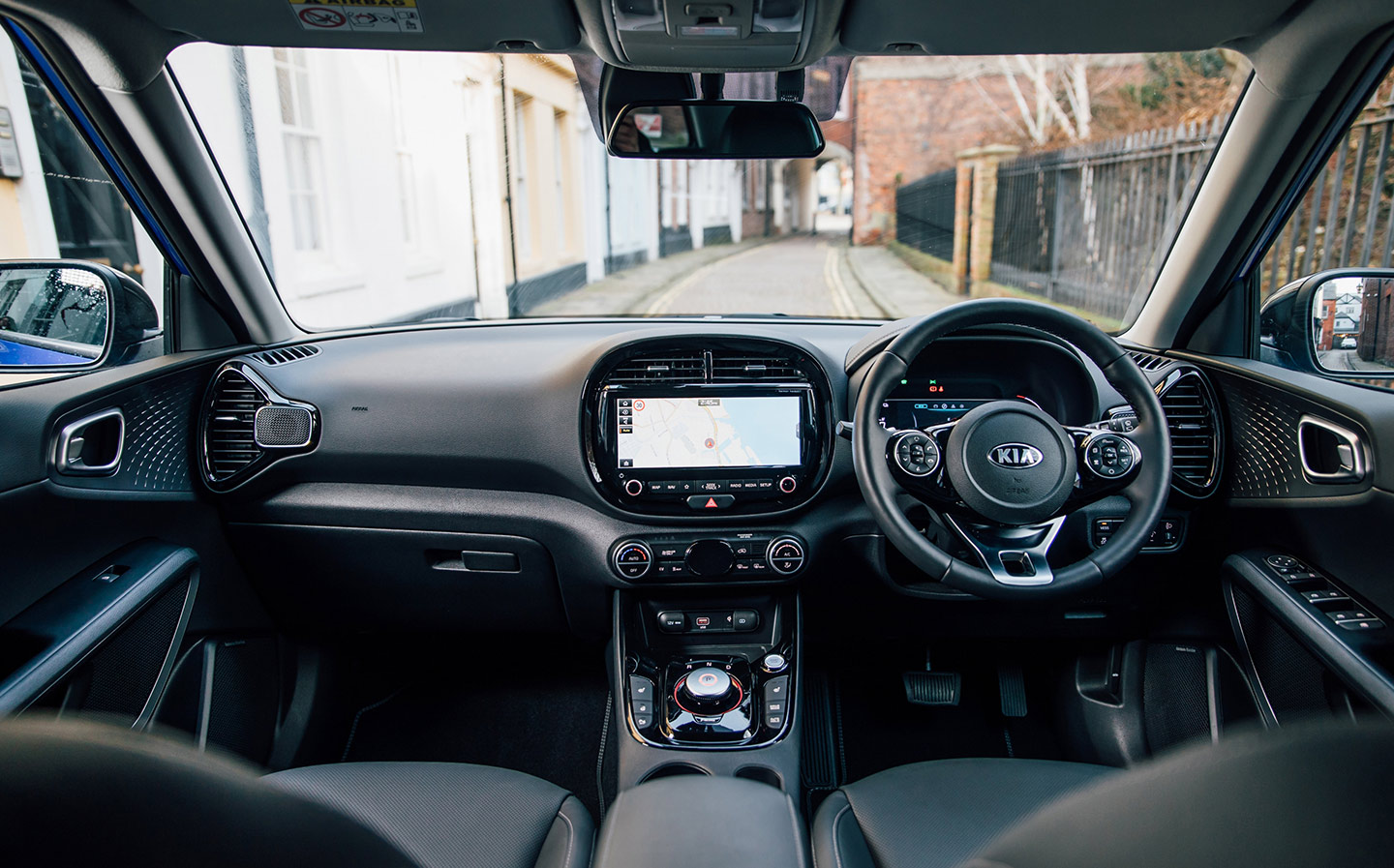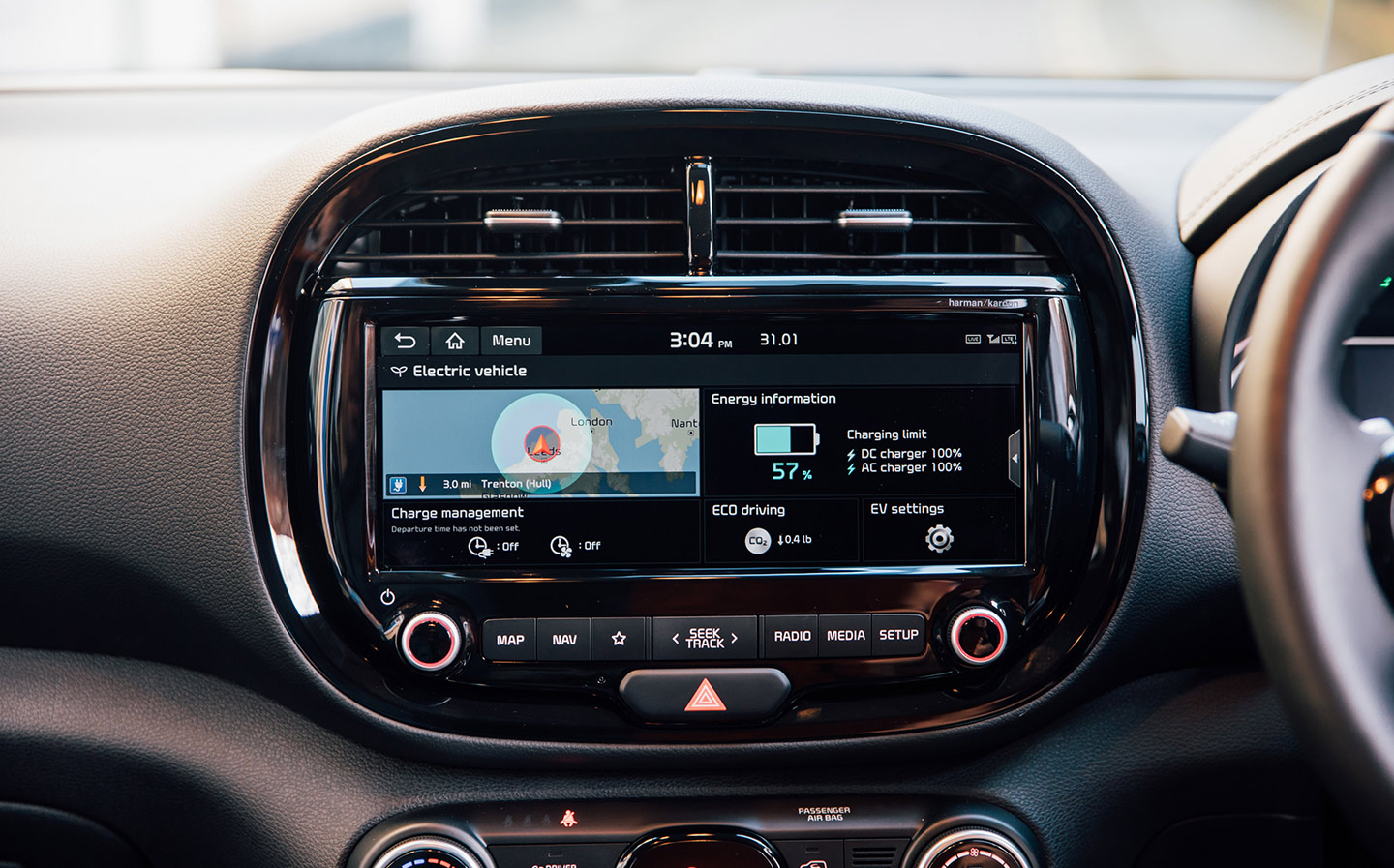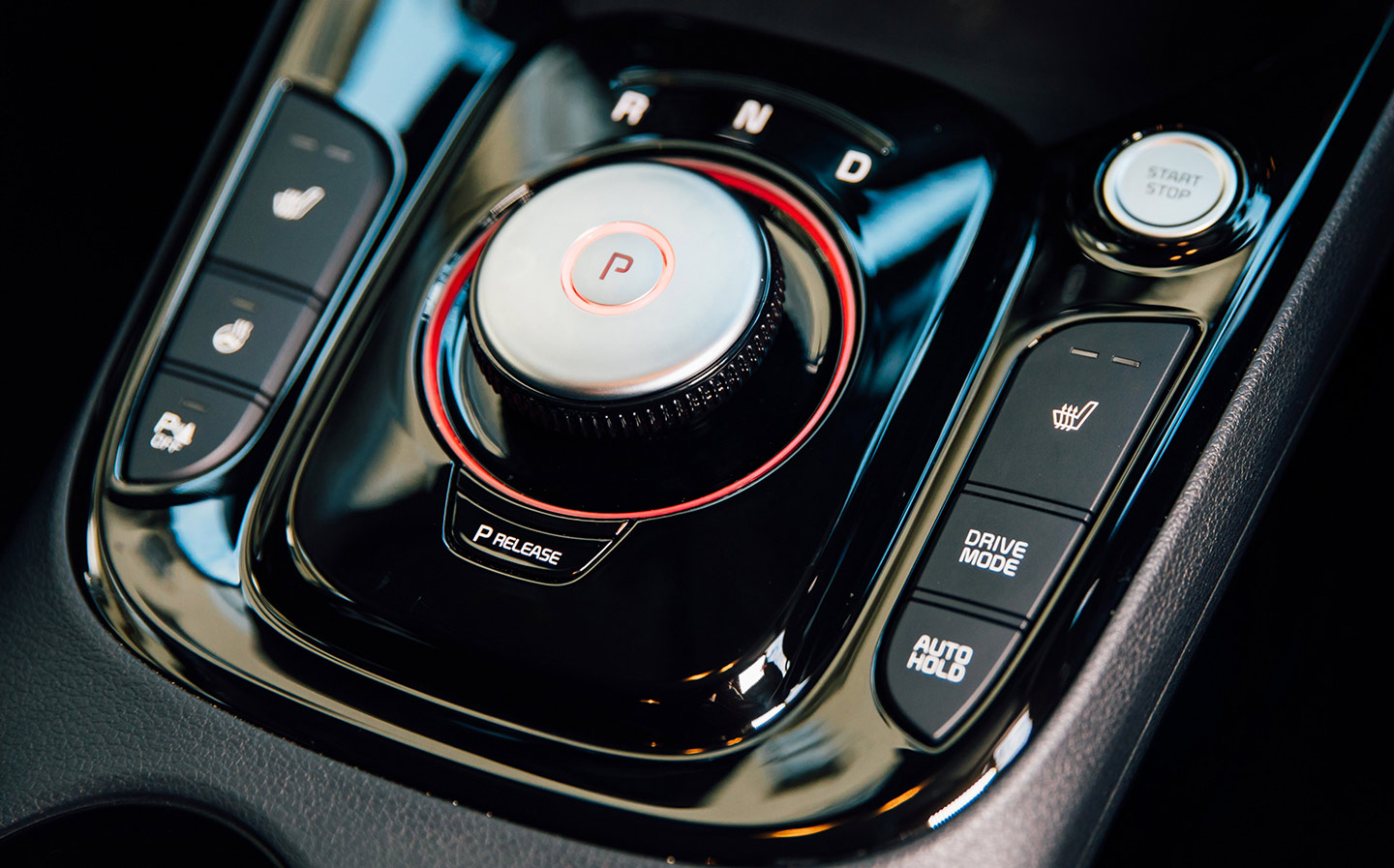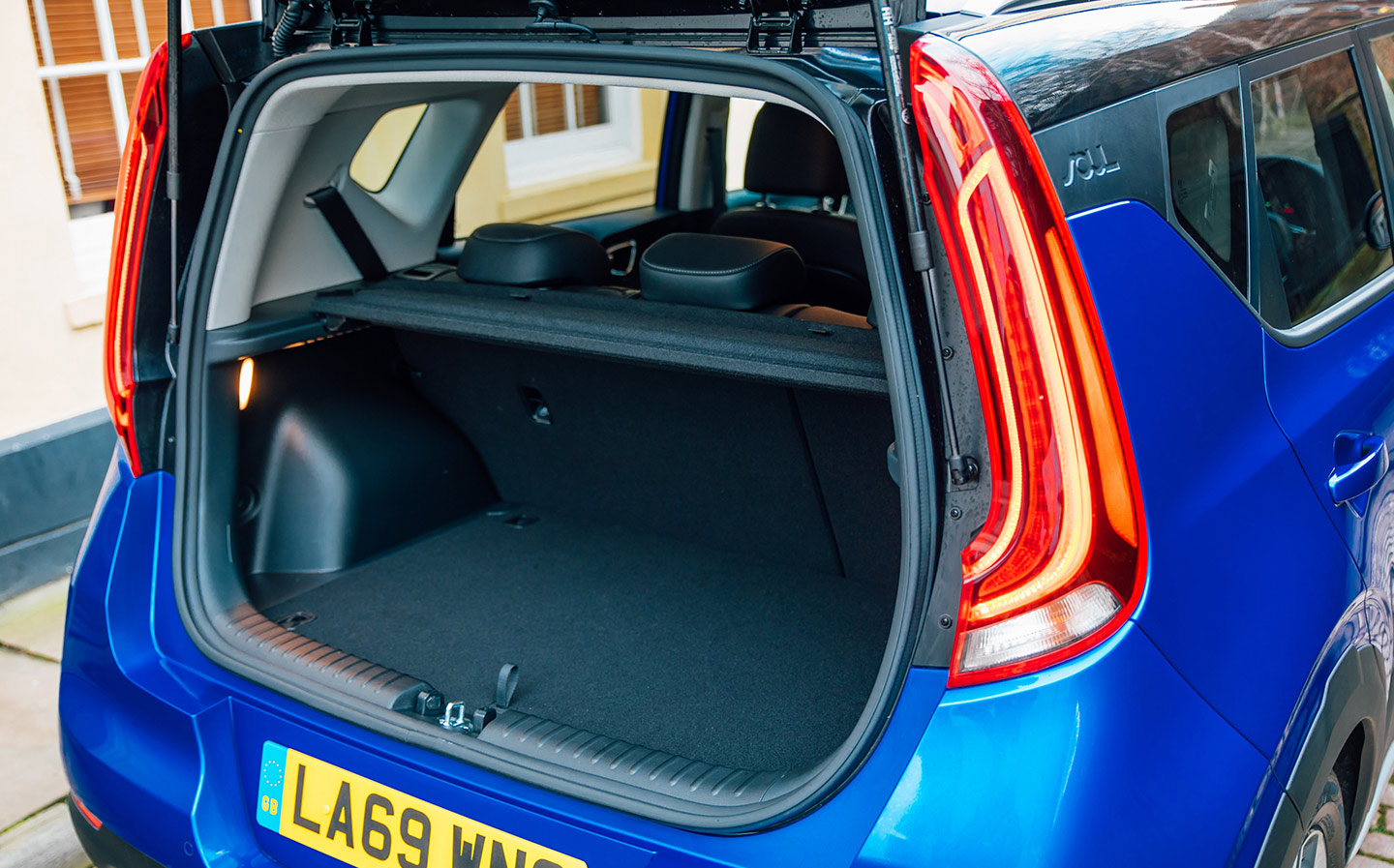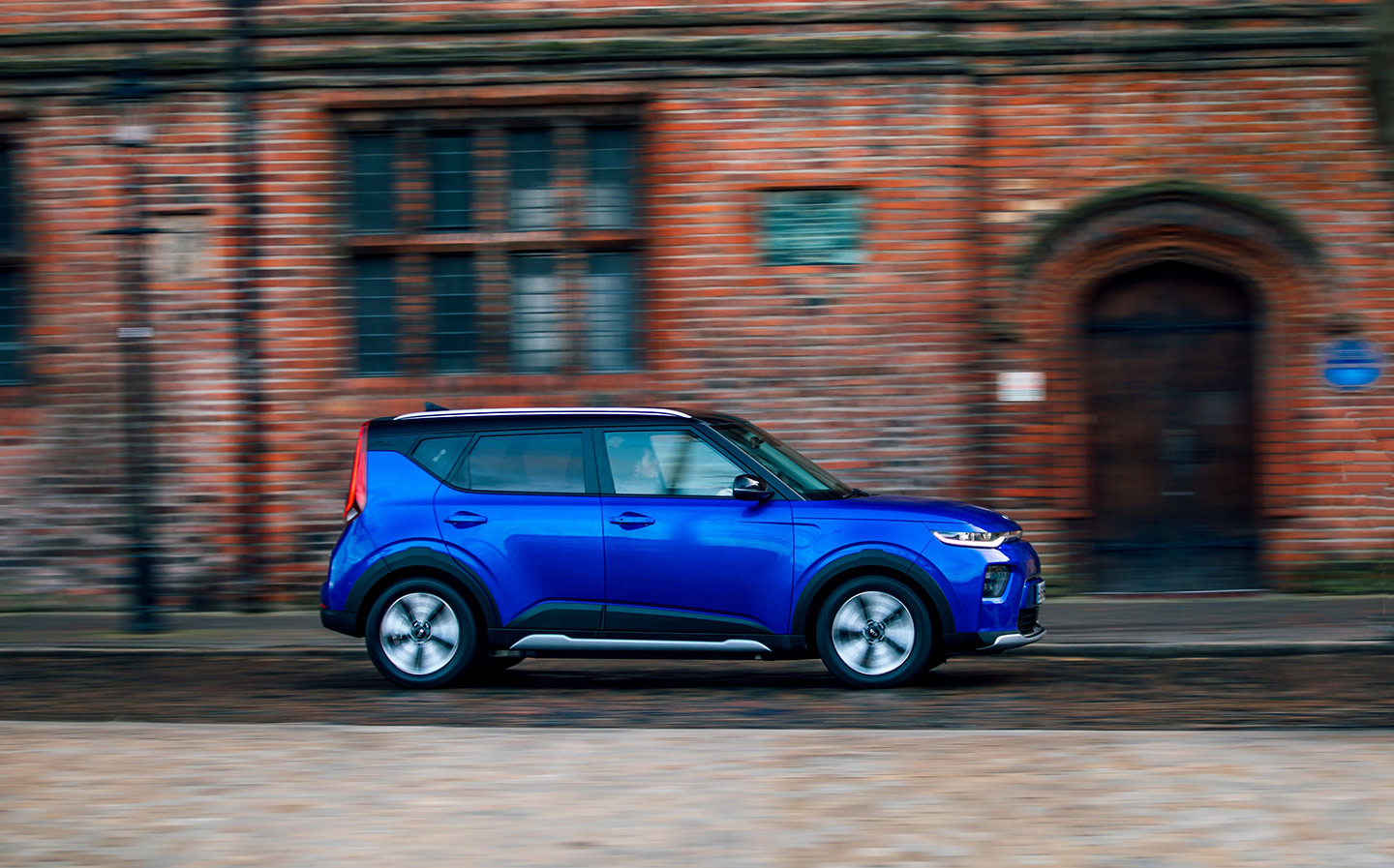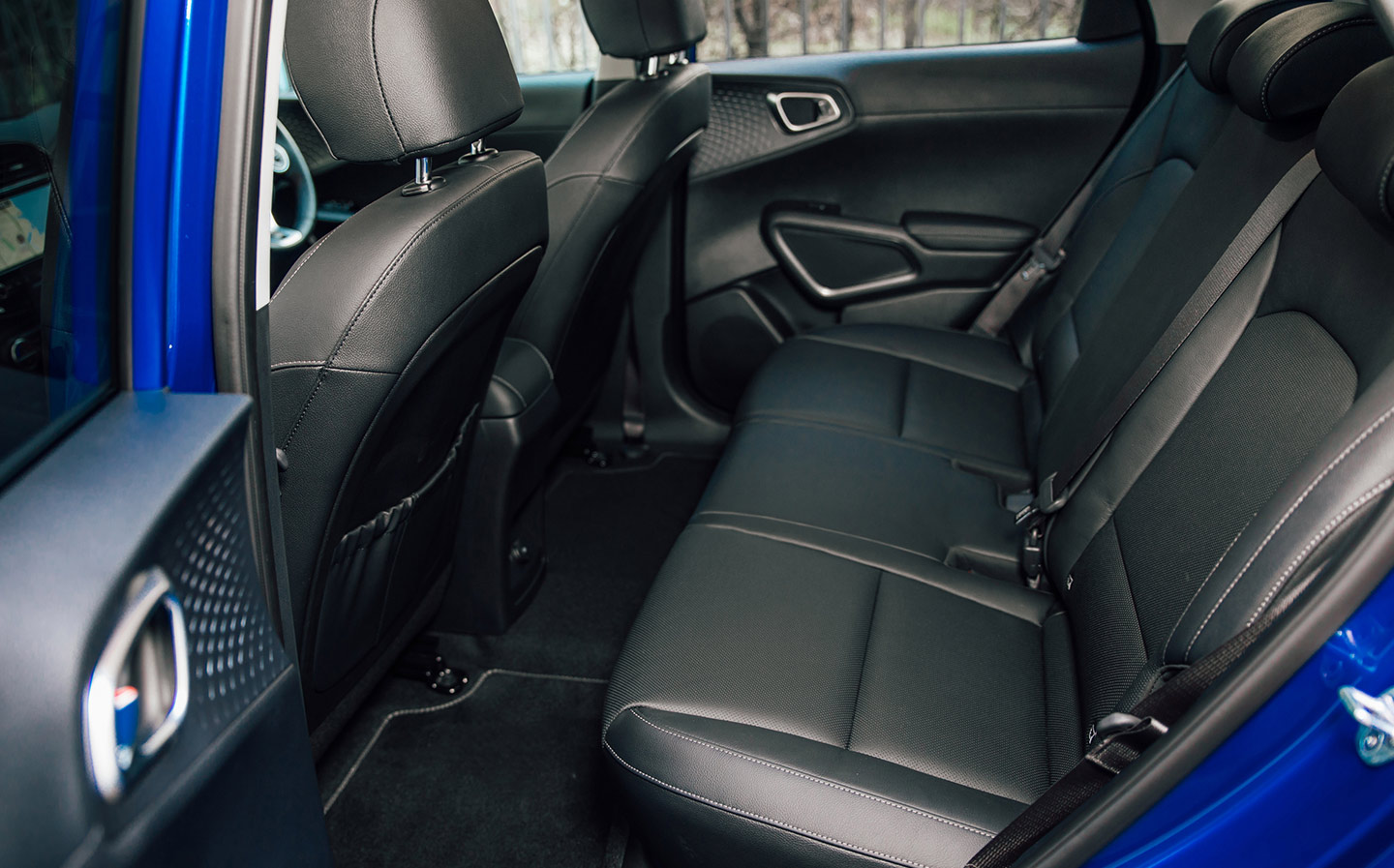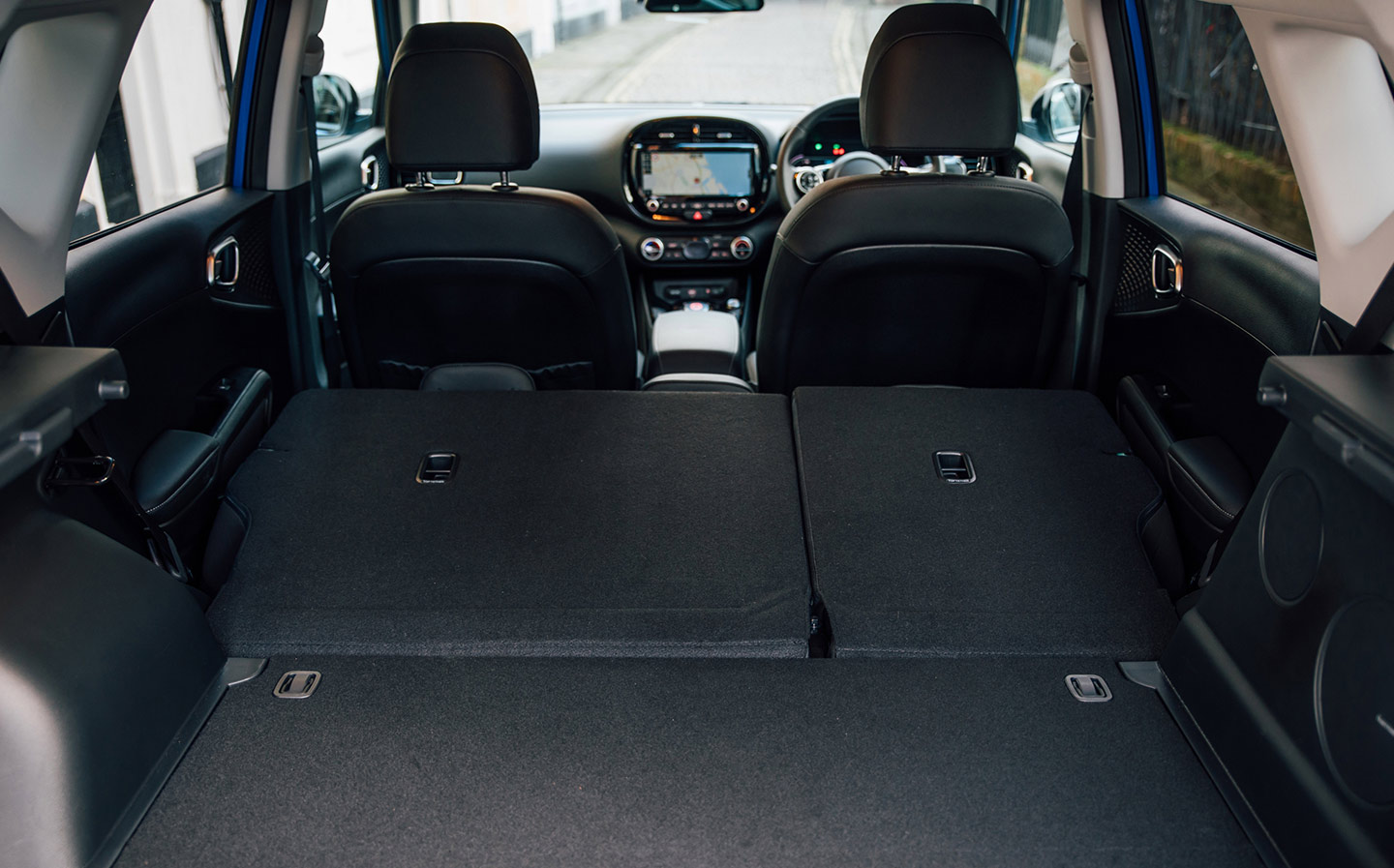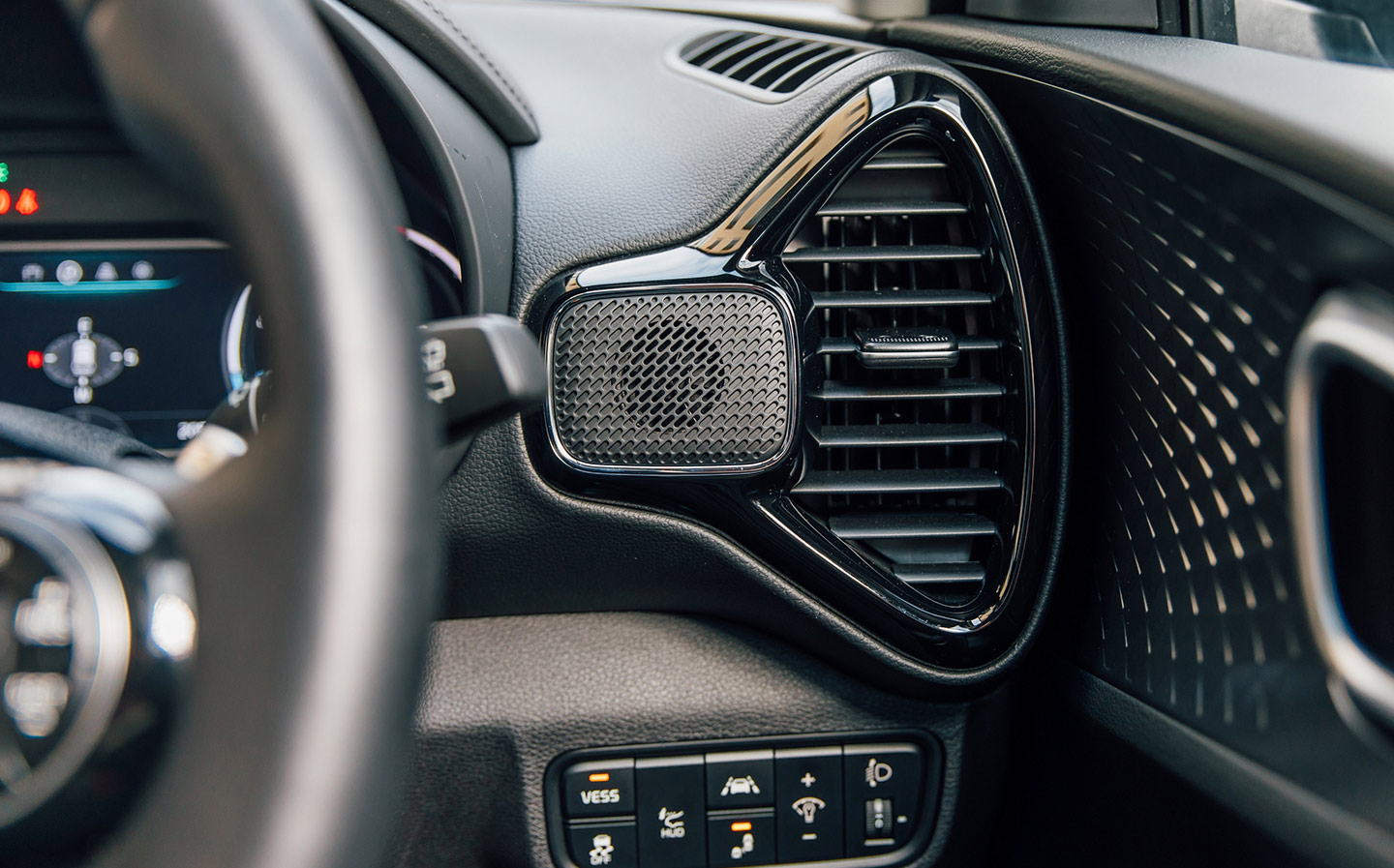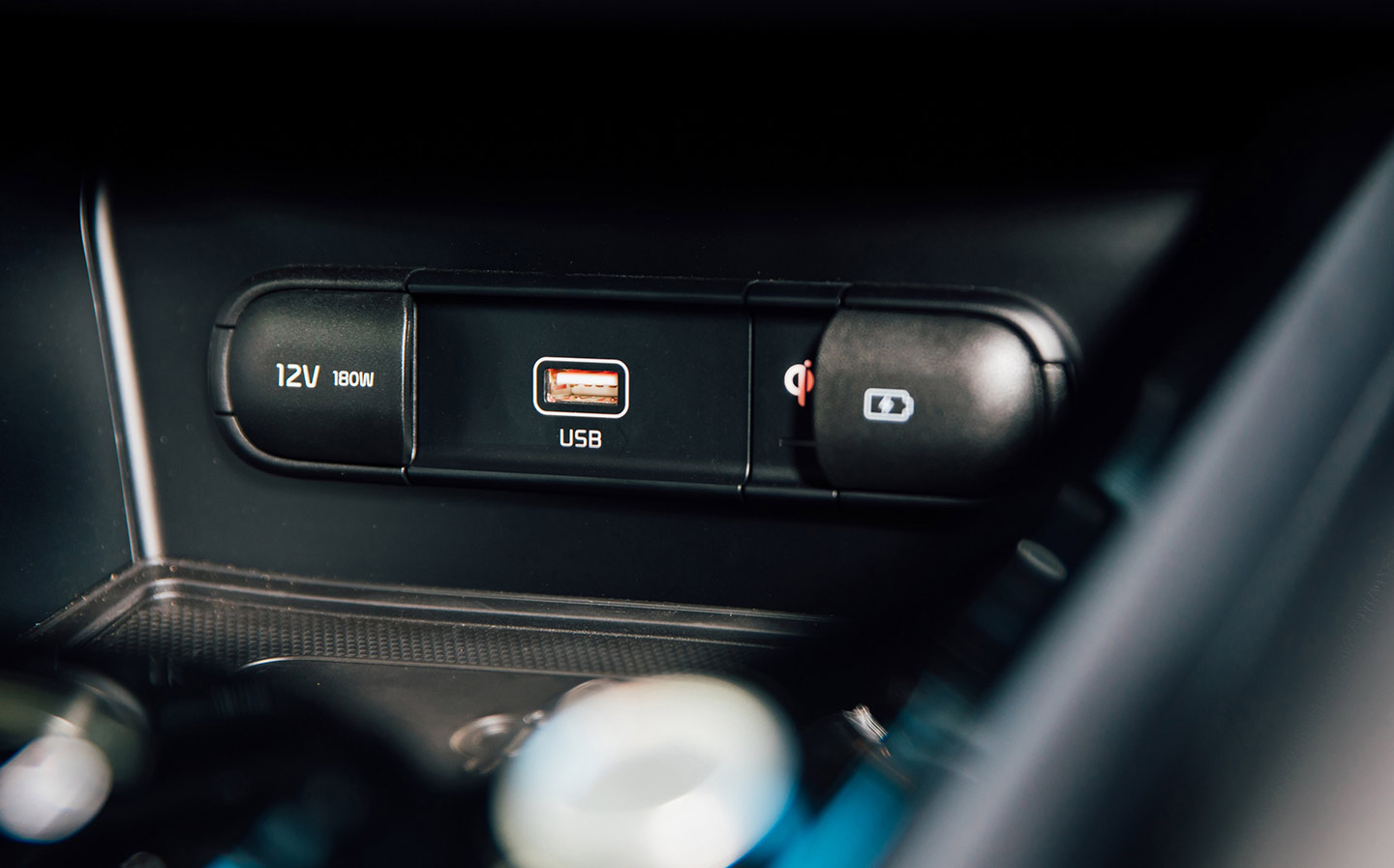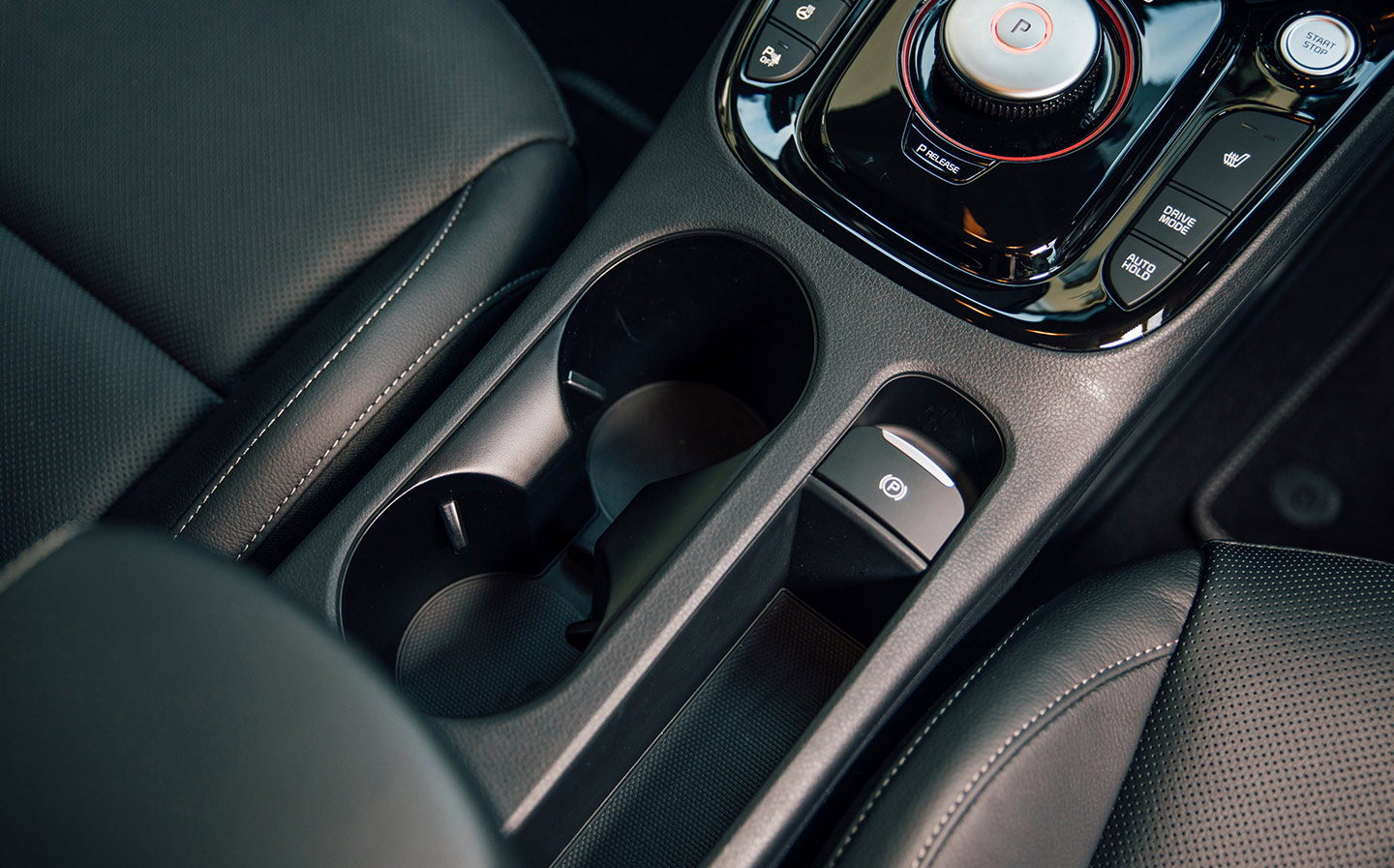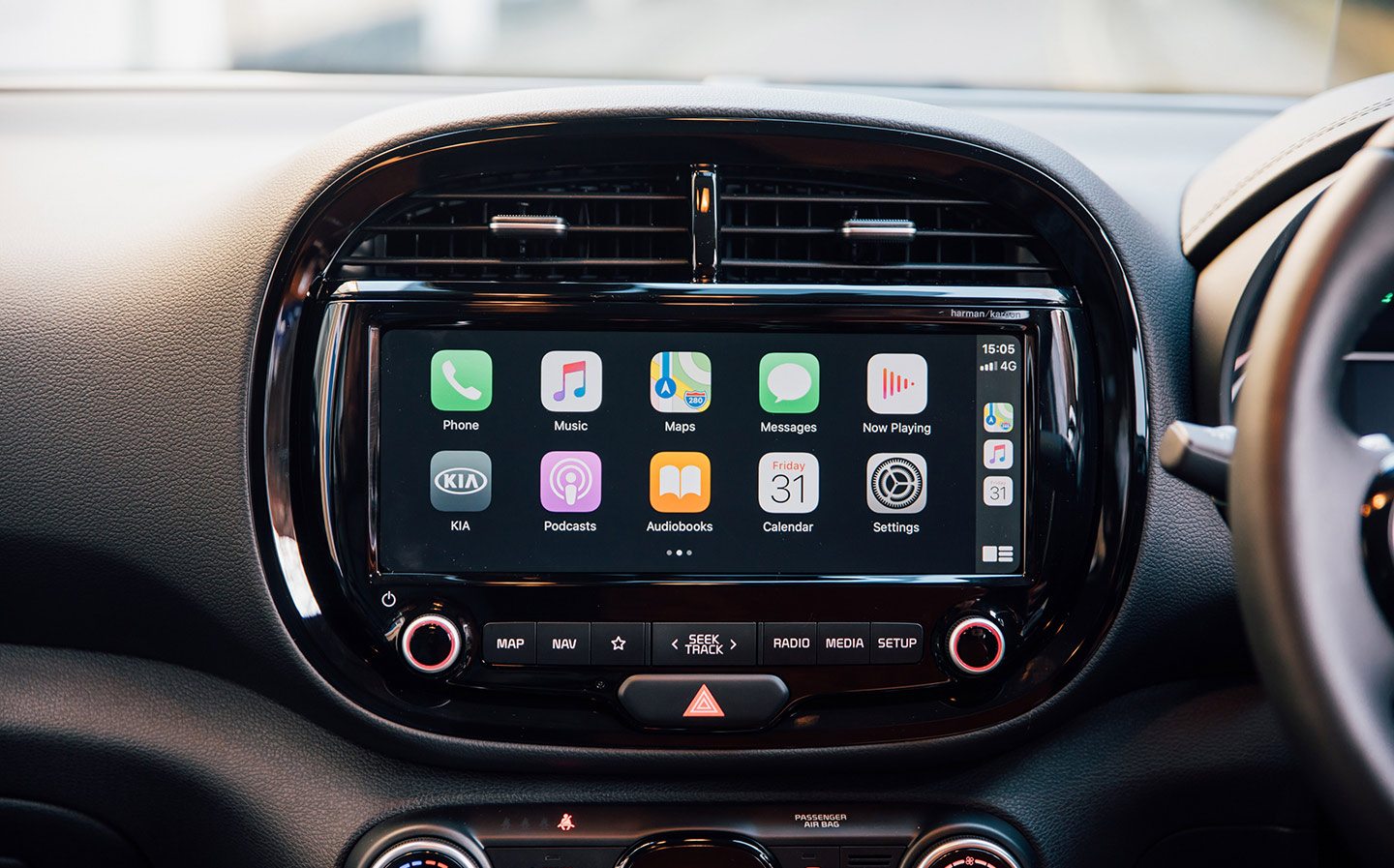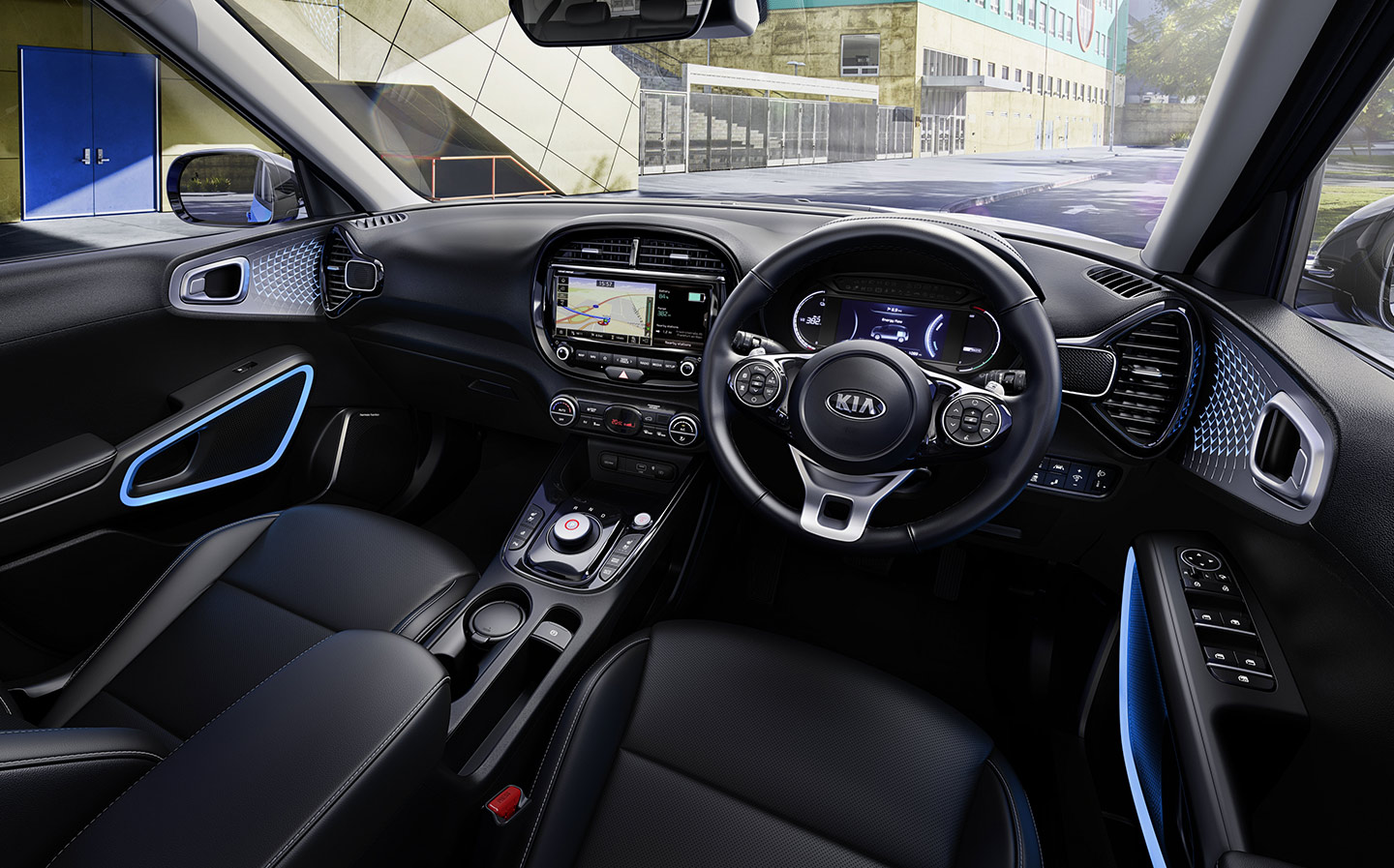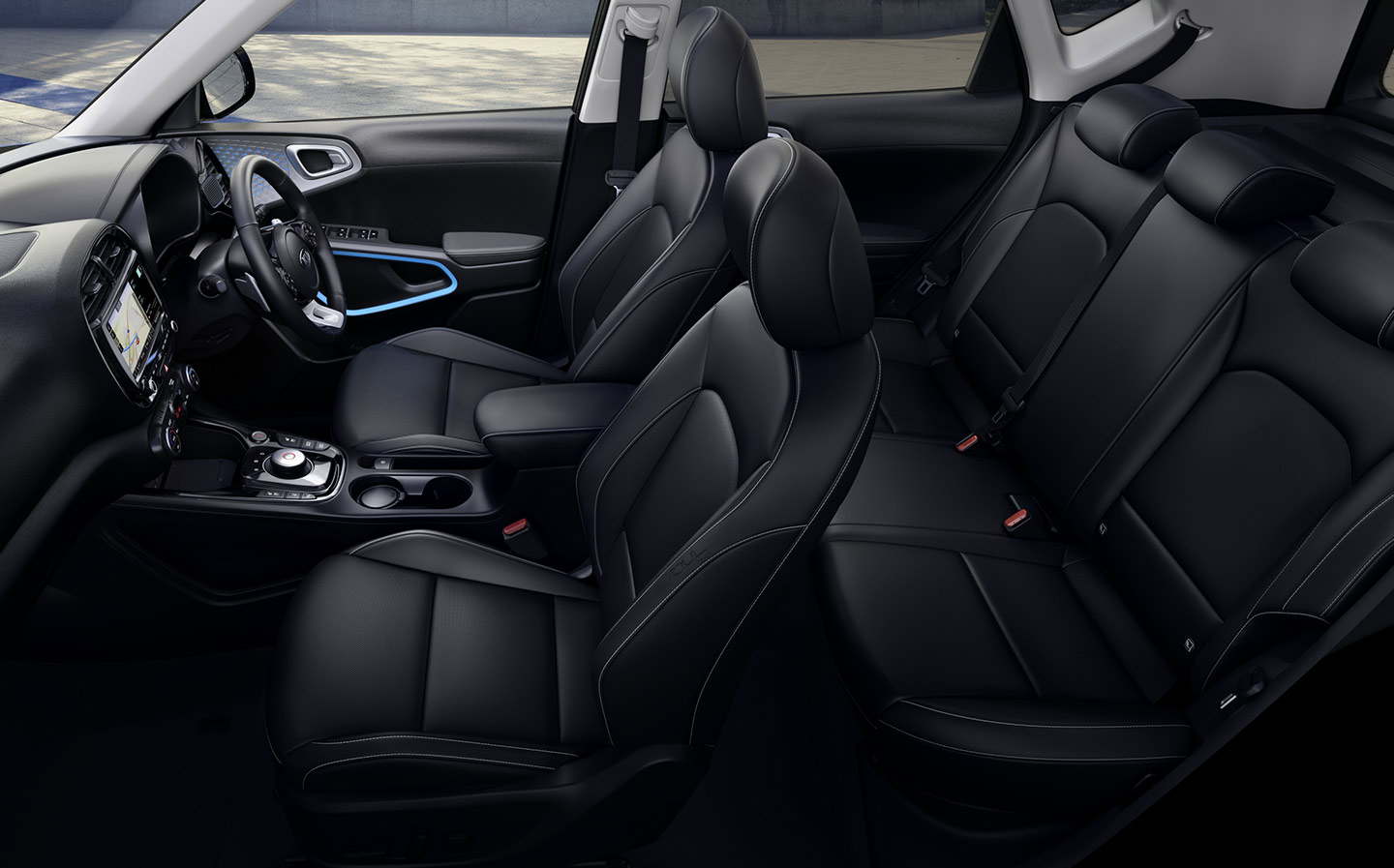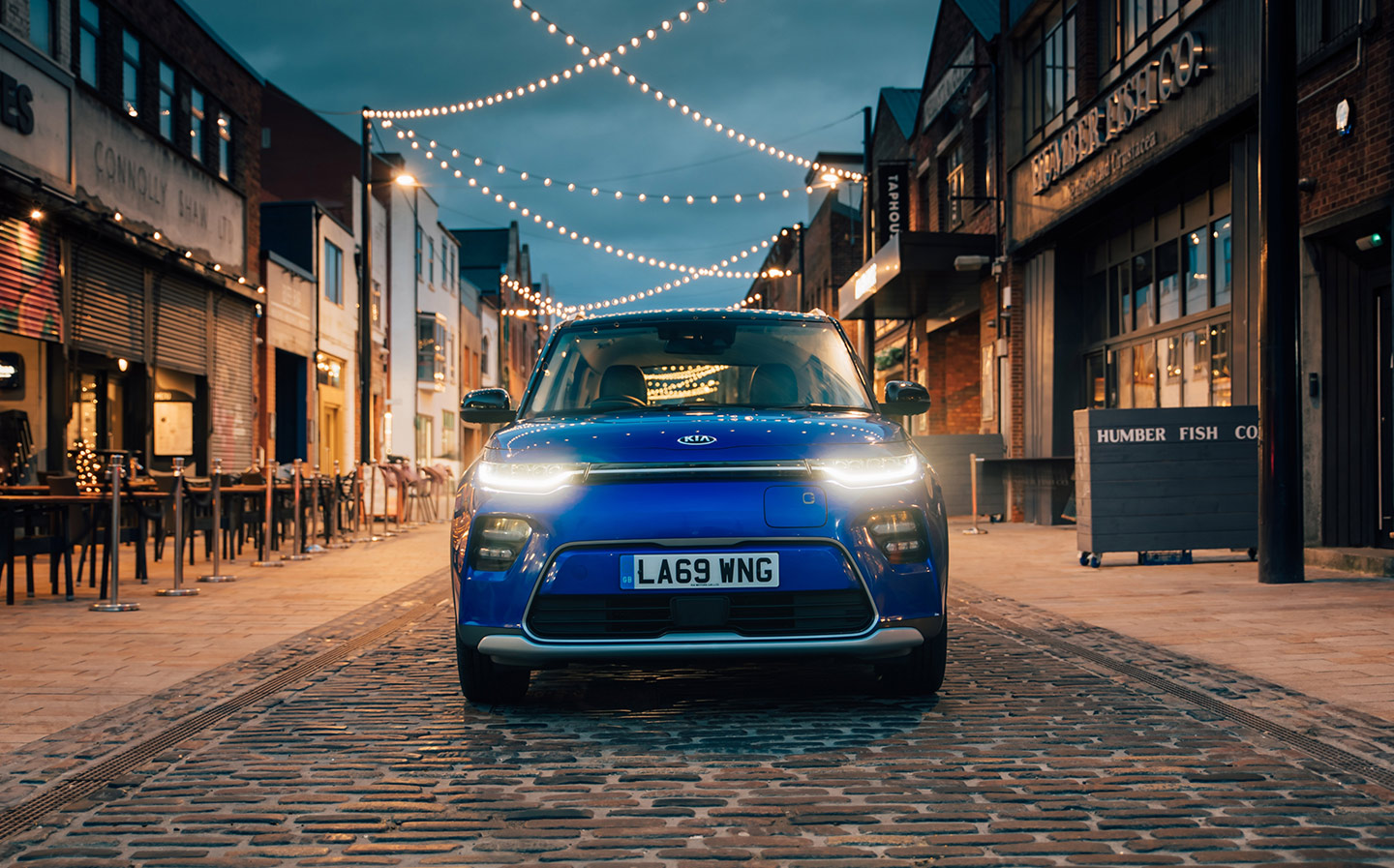2020 Kia Soul EV review
Kia's boxing clever with its 280-mile urban crossover
YOU COULD say that the appeal of Kia’s electric cars took the company by surprise. The e-Niro, a pure-electric version of its mid-size crossover, proved far more popular than the company had anticipated — largely thanks to an impressive range of up to 284 miles on a single charge of the battery and an affordable (relatively) price of just under £35,000.
When a flood of potential customers put their names down, panic set in at Kia UK as they realised the Korean factories couldn’t produce enough cars to meet demand — mainly, we understand, due to battery supply delays. This led to a 12-month waiting list and many disappointed potential owners, some of whom put their names down for the Tesla Model 3 instead.
That’s being addressed this year: around 7,000-8,000 will be delivered to UK homes in 2020, and if you order one now (February) you should received it when the new registration plates arrive in September, according to a spokesperson.
In addition to those e-Niros, though, Kia is introducing another plug-in model this year — on sale from today is the new Soul EV. The boxy Soul is no stranger to the UK and was the first of Kia’s models to feature an electric variant. The all-new 2020 model arrives in Europe solely in pure-electric form — no hybrids, petrol or diesel versions will be sold here.
It’s potentially another winner, too, as although it’s a more compact car than the e-Niro, its 64kWh battery pack is still good for up to 280 miles, making this not just an urban EV but one that can be used for much longer trips out of town without too much trouble.
When you do need to do so, a DC roadside rapid charge at 100kW will take 54 minutes to reach 80%, so it’s not the quickest electric model out there to refill (a Tesla Model 3 can take up to 250kW, which means up to 75 miles every five mins plugged in), but as most drivers will be topping up a far-from-flat battery at home overnight more often than not, this isn’t likely to put many off the Kia. Charging from a home wallbox (7.2kW) from flat to full takes 9hrs 35min.
The new Soul EV’s battery pack powers a 201bhp electric motor that drives the front wheels, enabling a 0-62mph sprint in 7.6 seconds. This is sprightly on paper but on the road it feels even more rapid, thanks to the immediate torque (twisting force) from zero revs. The official 291 lb ft is 39% higher than the previous Soul EV, making it feel significantly more punchy.
This is especially true in Sport mode, where all the performance is made available and the steering feel becomes sharper, though Normal mode still feels adequately enthusiastic even on B-roads. Put it in Eco mode and the car’s energetic persona disappears, though it’s a decent option around town, especially as it increases the amount of energy recuperation on lifting off the accelerator.
For those experienced with EVs, you’ll be interested to learn we averaged around 3.5 miles per kWh during the test, which included a mix of driving modes while pottering through towns and villages, motorway running and sensible B-road motoring, with an effort to push it when safe to do so, rather than hypermile. At the start of our trip the battery was reading 98% with a range of 226 miles and when we pulled up, after 46.4 miles of driving, we had an indicated 81% and 192 miles left in the battery.
Regen can be set manually via paddles behind the steering wheel, though, so even in Sport mode you can set it to maximum, though this leads to a rather jerky ride, with the car leaping forward when you press the accelerator and slowing rapidly when you lift off. On motorways, maximum region is not desirable — best to set it a couple of notches down for a smoother ride.
Speaking of the ride, it errs on the side of firm but is never uncomfortable. Stability is helped by the fact that the battery pack is flat and located below the floor, so the weight is low, though you can’t get over the fact that this is a high-sided car with raised suspension (over a regular hatchback or saloon), so it does roll more than is pleasant through corners, and the suspension damping makes the lean rather spongy. Braking through a turn unsettles the car, while punching the accelerator mid-corner causes the front end to snatch, with the same effect.
This proves grip is good, at least, and the Soul EV’s electronics control wheelspin even when pushing hard through a tight turn. The feel through the steering wheel is decent, too – you don’t feel disconnected from the road — though the car doesn’t offer the most satisfying experience for keen drivers.
The Soule EV cabin is a good place to be, though, at least in top spec ‘First Edition’, as tested. While some of the black plastics are less-than-premium, the design is upmarket — more so than the e-Niro. Supposedly “acoustic-inspired” touches elevate the aesthetics, including the trim infant of the front door handles and the tweeter speakers mounted next to the air vents bookending the dashboard.
There are also tech features that make the Soul EV more desirable than its bigger sibling, too, such as the 10.25in touchscreen borrowed from the XCeed (likely to come to Niro model in future), to which two mobile phones can be connected at once, allowing streaming from one and calls from another. There’s also a 7in digital driver’s display and head-up display (HUD), which shows speed and sat nav directions, among other things.
Sadly the HUD is shown on a piece of clear perspex on the dashboard rather than on the windscreen itself, and taller drivers like myself will need to angle it upwards resulting in the information being displayed in front of the bonnet gap and part of the dash, which in bright light reflects the sun, making it hard to read.
Other tech features include cruise control that keeps you a set distance from the car in front, auto dimming rear-view mirror, heated front seats and steering wheel, a Harmon Kardon sound system and wireless phone charger, along with the usual USB ports and 12v (cigarette lighter) sockets (one in the front and one for rear passengers).
Only the driver’s seat has electric adjustment on this First Edition model — the passenger adjusts their seat position and height manually — though the seats are nicely supportive and even very tall passengers will feel comfortable up front. Headroom in the back is impressive, too — those below 6’5” will have no problems in this regard — and they shouldn’t have too much issues with knees, either, assuming the person sitting in front doesn’t have their chair set all the way back.
Boot space isn’t anything anything to write home about but it’s larger than you might imagine for a car of this size, and the square back end means space is maximised and loading is easy. There’s even a compartment under the flat floor that contains a tyre repair kit and can be used for storing charging cables and other bits and pieces.
Kia UK says it aims to register around 9,000 pure-electric cars this year, which means it expects 1,000 to 2,000 to comprise Soul EVs, given the numbers of e-Niros anticipated. While the smaller, boxier model is the less practical and pleasing to drive of the two, and only marginally less expensive, it’s a more compact model for use around town and goes as far per charge. It’s a more fun and funky design, too, so will appeal to those who prefer to stand out from the crowd.
All things considered, Kia could end up with a backlog and long waiting lists for its second electric model in a row. If you like the look of the Soul EV, get your order in early.
https://www.driving.co.uk/news/10-electric-cars-248-miles-range-buy-instead-diesel-petrol/


